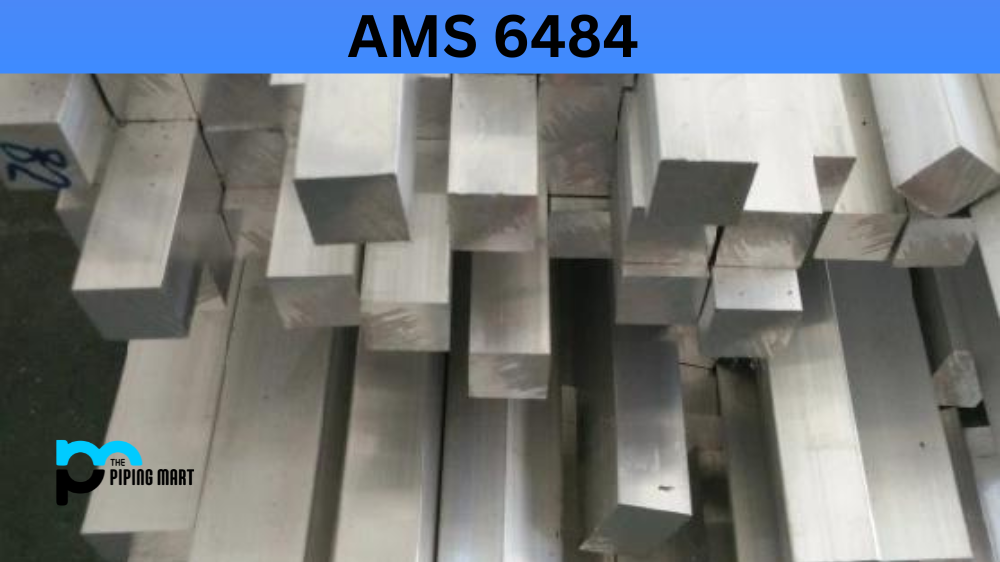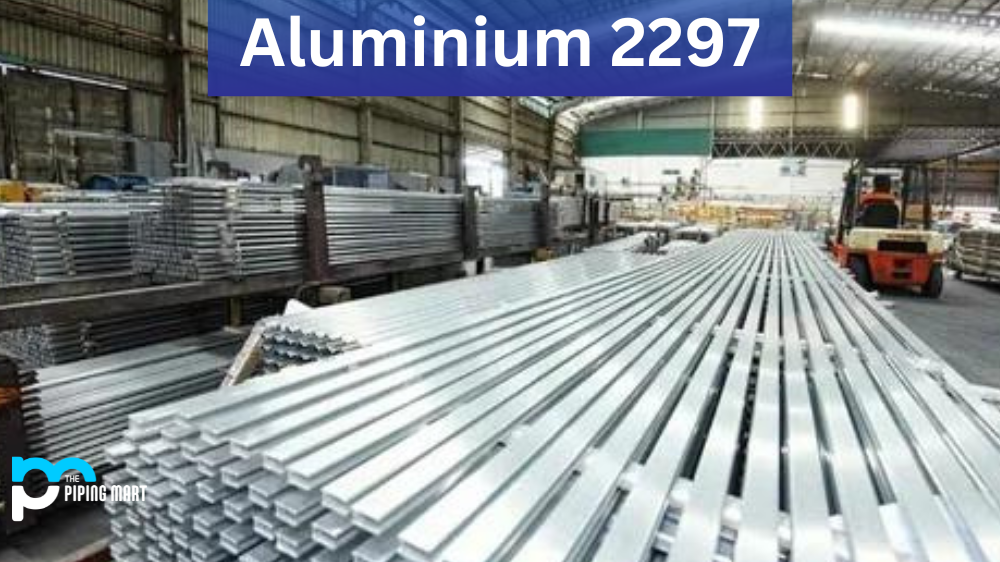Duplex Steel UNS S32304 is a type of stainless steel alloy that provides superior corrosion resistance, strength, and durability. This grade of stainless steel is widely used in a variety of industries, including chemical processing and marine applications. In this blog post, we will take a closer look at the composition, properties, uses, and machining techniques associated with this unique stainless steel alloy.
2304 Duplex Steel Chemical Composition
Duplex Steel UNS S32304 contains 20-22% chromium and 3-3.5% molybdenum. It also contains small amounts of nitrogen, manganese, iron, silicon, carbon, sulfur and phosphorus.
| Carbon | Chromium | Nickel | Molybdenum | Nitrogen | Others |
|---|---|---|---|---|---|
| 0.020 | 23 | 4 | 0.2 | 0.1 | S=0.001 |
2304 Duplex Steel Chemical Properties
This grade of stainless steel has excellent resistance to pitting and crevice corrosion when exposed to chloride environments. It also has good weldability and formability due to its austenitic-ferritic microstructure.
2304 Duplex Steel Mechanical Properties
Duplex Steel UNS S32304 offers superior strength compared to other grades of stainless steel alloys. It yields strengths over 50ksi (345 MPa) in some cases while exhibiting elongations over 30%. The alloy exhibits excellent impact toughness as well as excellent fatigue strength when exposed to cyclic loading conditions.
| °C | Rp 0.2 MPa |
Rp 1.0 MPa |
Rp 1.0 MPa |
°F | YS 0.2% Offset KSI |
YS 0.1% Offset KSI |
UTS KSI |
Elongation % |
|---|---|---|---|---|---|---|---|---|
| 20 | 400 | 440 | 600 | 68 | 58 | 64 | 87 | 25 |
| 100 | 330 | 365 | 570 | 212 | 48 | 53 | 83 | 25 |
| 200 | 280 | 310 | 530 | 392 | 41 | 45 | 77 | 20 |
| 300 | 230 | 260 | 490 | 572 | 33 | 38 | 71 | 20 |
2304 Duplex Steel Physical Properties
The alloy has a high thermal conductivity which means it can quickly dissipate heat generated during machining operations or welding processes. It also exhibits good electrical resistivity, which makes it suitable for use in electrical components or wiring systems that require resistance to corrosion or high temperatures.
| Interval Temper °C |
Thermal expansion ax10M-bK-1 |
°C | Resistivity (μ_ cm) |
Thermal conductivity (W.m-1.K-1) |
Specific heat (J.kg-1.K-1 |
Young modulus E (GPa) |
Shear modulus G (GPa) |
|---|---|---|---|---|---|---|---|
| 20-100 | 13 | 20 | 80 | 17 | 450 | 200 | 75 |
| 20-100 | 13 | 100 | 92 | 18 | 500 | 190 | 73 |
| 20-200 | 13.5 | 200 | 100 | 19 | 530 | 180 | 70 |
| 20-300 | 14 | 300 | 105 | 20 | 560 | 170 | 67 |
2304 Duplex Steel Equivalent
- ASTM A240.
- ASTM A276.
- ASTM A480.
- ASTM A789.
- ASTM A790.
- DIN 1.4362.
2304 Duplex Steel Uses
The combination of corrosion resistance, strength and durability make Duplex Steel UNS S32304 an ideal material for applications ranging from chemical processing equipment to storage tanks used in marine environments. It is also commonly used in offshore oil rigs due to its ability to withstand harsh environments without corroding or cracking under high pressures or temperatures.
Corrosion Resistance
As a part of the super-austenitic family, Duplex Steel UNS S32304 offers excellent corrosion resistance – one of its most noteworthy qualities. It can withstand corrosion in a multitude of application settings, ranging from locations exposed to pitting to those facing chloride stress corrosion cracking. This stainless steel alloy also provides greater corrosion resistance at higher temperatures than conventional austenitic stainless steel grades. Additionally, compared to traditional ferrite and austenite steels, the degree of resistance increases with its rising temperature. Not only is it highly resistant to pitting and chloride-induced stress cracking, but it boasts strong sulfuric acid and hydrochloric acid de-aeration performance as well. All these beneficial qualities put together make Duplex Steel UNS S32304 an ideal choice for companies looking for maximum protection against long-term corrosion.
Heat Resistance
Duplex Steel UNS S32304 has excellent heat resistance up to 500ºF (260ºC). However, exposure beyond 500ºF can cause oxidation unless the material is properly treated with a protective coating such as aluminium oxide or zinc oxide before exposure occurs.
Heat Treatment
Heat treatment processes such as annealing or quench hardening are not recommended for this grade of stainless steel as they may cause embrittlement at room temperature due to sensitization from exposure to elevated temperatures during the heat treatment process.
Machining
Machining operations on Duplex Steel UNS S32304 should be performed using standard machining techniques such as turning, drilling and milling operations with carbide cutting tools capable of providing accurate cuts with minimal wear on the cutting tools themselves. The material’s hardness makes it more difficult to machine than other grades, so higher speeds may be required for efficient machining operations depending on the quality of the cutting tools being used for the operation itself.
Welding
Welding processes should always be conducted using weldable filler metals designed specifically for duplex stainless steels such as 2209 E2209 TIG rods or 309L MIG wires in order to ensure proper welding performance without compromising on weld integrity or corrosion protection capabilities offered by these fillers metals specifically designed for duplex steels like UNS S32304.
Conclusion
Duplex Steel UNS S32304 offers an ideal combination of strength, durability, and corrosion resistance, making it an ideal choice for many industrial applications where these characteristics are needed, such as offshore oil rigs, chemical processing equipment, storage tanks, etc. Its machinability can be challenging, but this can be overcome with higher speeds when using high-quality cutting tools. Additionally, its welding characteristics require specific fillers and metals made specifically for duplex steels in order to achieve optimal performance. All things considered, Duplex Steel UNS S32304 is an extremely versatile material whose properties make it suitable for many different types of applications.
Sakshee is a talented blogger, with a particular focus on the Business and Metal Industry. She is passionate about sharing her insights on various metal products and helping professionals to make a better decisions.




